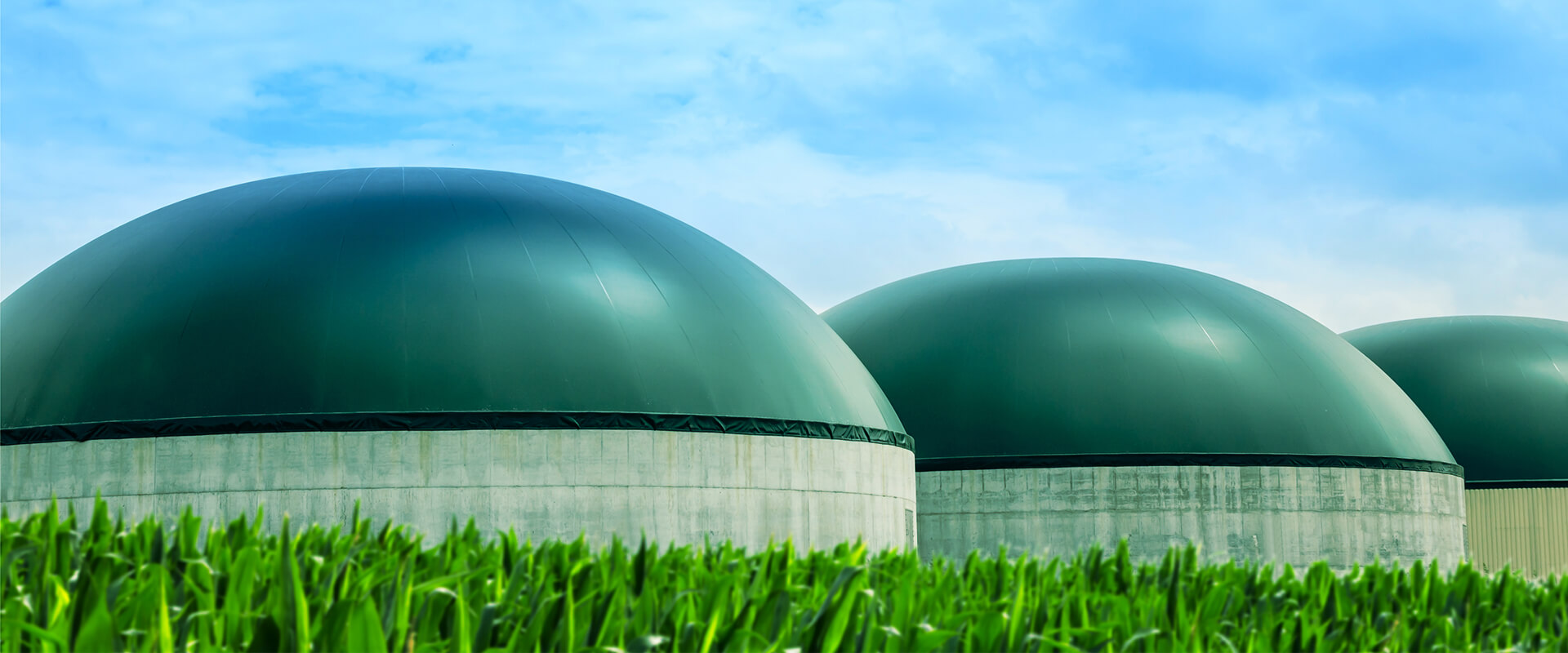

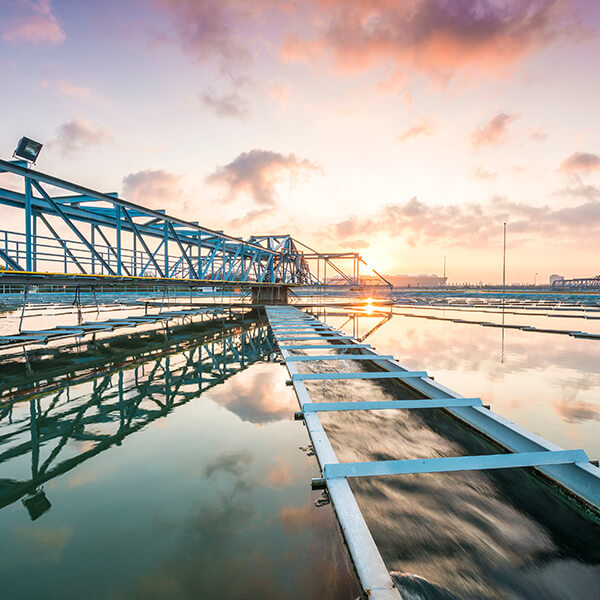
Arsenic is found in water mainly in its organic forms, trivalent As (III), known as Arsenite and pentavalent As (V), known as Arsenate. Arsenite is ten times more toxic than arsenate. Many methods like coagulation/filtration, activated alumina and ion exchange, and granular ferric oxy-hydroxy media can remove arsenic from water. Arsenic also has considerable economic impacts on the natural gas industries. As a catalyst poison, organic arsenic degrades the performance of systems in plants utilizing catalysts over time. The most common form of arsenic in natural gas is not arsine. Instead, it is a group of arsenic compounds, the trialkylarsines, including trimethylarsine, dimethylethylarsine, methyldiethylarsine, and triethylamine.

Biogas is an eco-friendly source of energy. At the Biogas plant, methane is produced from the anaerobic decomposition of organic compounds. The facilities are typically fed with food waste, energy crops or agricultural by-products. Biogas can be found in landfills and wastewater treatment plants. It contains a range of impurities, such as H2S, NH3 and various VOCs such as siloxanes, pinene and limonene. To convert biogas into electricity, the gas must first be treated to remove impurities. To meet all these challenges, SURACSH’s series of activated carbons are effective for the removal of siloxanes, VOC, H2S and other odorous and corrosive inorganic acid gases.
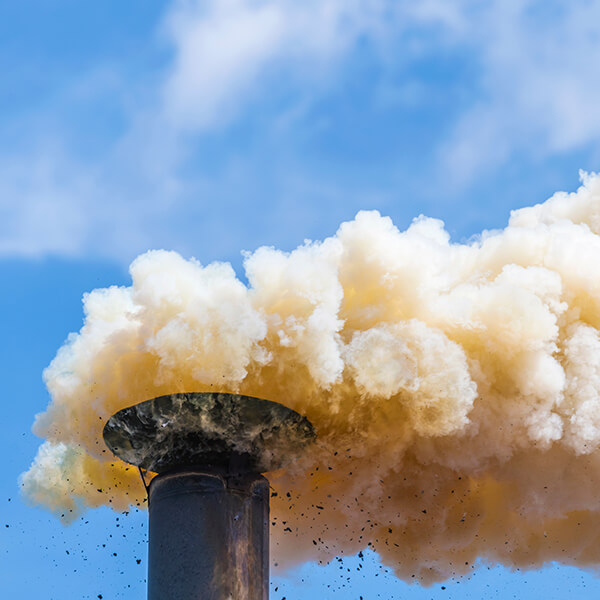
SURACSH offers high quality, economical and reliable activated carbon media for nonwoven fabric filters for deodorization and gas adsorption. Unlike airborne dust and particles, these are difficult to track down and capture. The chemical molecules causing such are small enough to diffuse into air in the form of gases or vapours. Some odours like benzene, ethylene glycol, formaldehyde, methylene chloride, tetrachloroethylene, toluene, xylene, and 1,3-butadiene are from VOC's. Present in many industrial and consumer products, these pose threats to the environment and living beings. Many rotten and decomposed organic compounds like plant-based materials, animal products, manure and food items also produce noxious odours. This happens due to the emission of sulfur compounds (hydrogen sulphide, sulfur dioxide) into the environment.

Many hazardous gases like Sulfur Dioxide and Carbon Monoxide enter our rooms through ventilation and air conditioning systems. This causes noxious odours inside, posing threats to us. In control rooms, contaminated air causes corrosion to the sensitive electronic equipment. Installing properly activated carbon filters purifies ambient air, avoiding such accumulation to harmful levels. SURACSH offers superior activated carbons adsorbing organic, inorganic and VOC contaminants. Our carbons are ideal for all types of ventilation systems or air conditioning for large rooms, aircraft, submarines etc. Leaf filtration systems with 3 layer filtration provide 99.95% clean air in hazardous working environments. Reliable, economical and handy, they are available in 100, 200 (cubic feet per minute) CFM ranges. Impregnated activated carbons for nonwoven filter fabrics in air filtration systems are also offered.
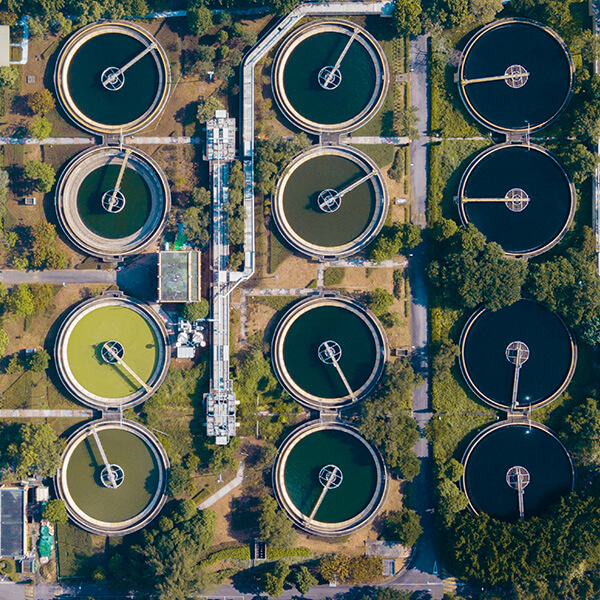
Hydrogen sulphide and mercaptans can be removed effectively by activated carbon impregnated with suitable chemicals. Siloxanes are another group of substances being found in bio-gas and treatment plants. They combine with oxygen to form silicon dioxide, which will wear down the treatment plant equipment. The odour from sewage plants is caused by the presence of hydrogen sulphide (H2S) and other organic sulphur compounds. Due to its toxicity, corrosiveness and other adverse impacts, it may have on the environment, the emission of these pungent gases has to be controlled before releasing sewage into the environment.
SURSORB series of impregnated activated carbon is specially engineered to remove highly pungent odours released in sewage treatment plants and other facilities such as primary clarifiers, pumping stations and biogas treatment plants.
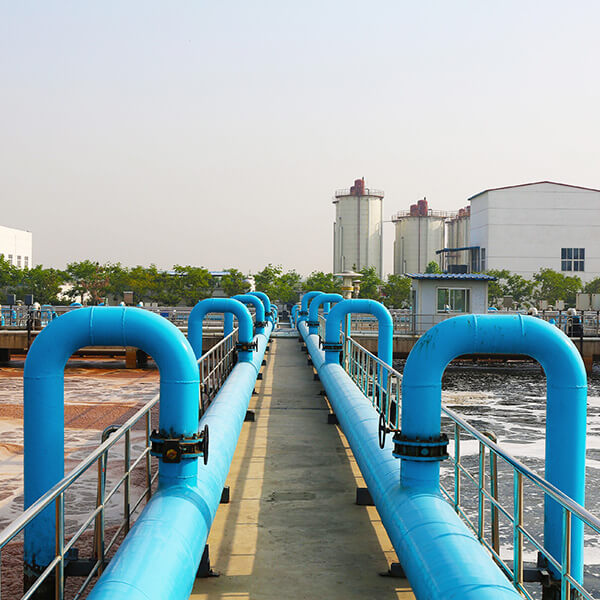
If chemicals, such as nitrogen and phosphates, enter streams, rivers or large bodies of water in excessive amounts, it causes excessive plant growth which leads to oxygen depletion and dead zones; areas where fish and other aquatic life can no longer exist.
SURSORB BAL is an aluminium oxide-based adsorbent used for the adsorption of dissolved organic compounds in lake water. The organic compounds with a molecular weight greater than 1000 gmol-1 will form strong complexes on the activated alumina surfaces.
SURSORB ARSI has been found to be effective in organic arsenic removal of water treatment. It is a specially designed chemical impregnated coconut shell-based activated carbon, converting the soluble arsenates into insoluble ones and adsorbs them into its pores.
Suracsh Filters Pvt Ltd
Narayan Asan Road
Opp. Gold Souk
Vyttila, Cochin- 682019, India